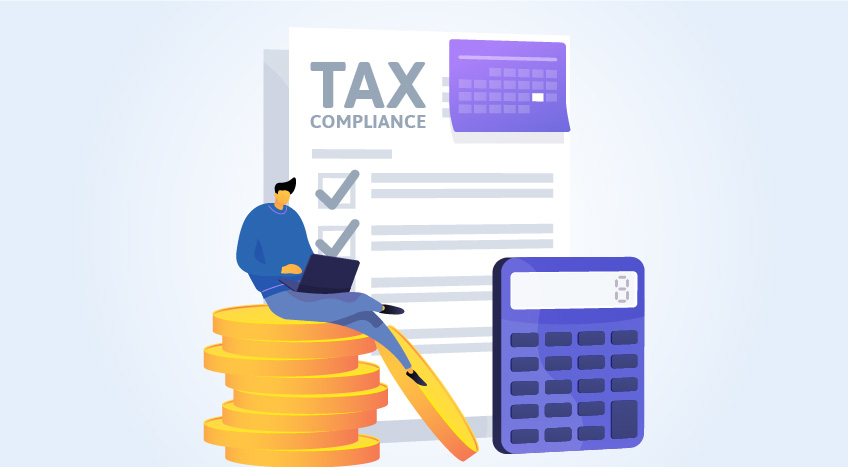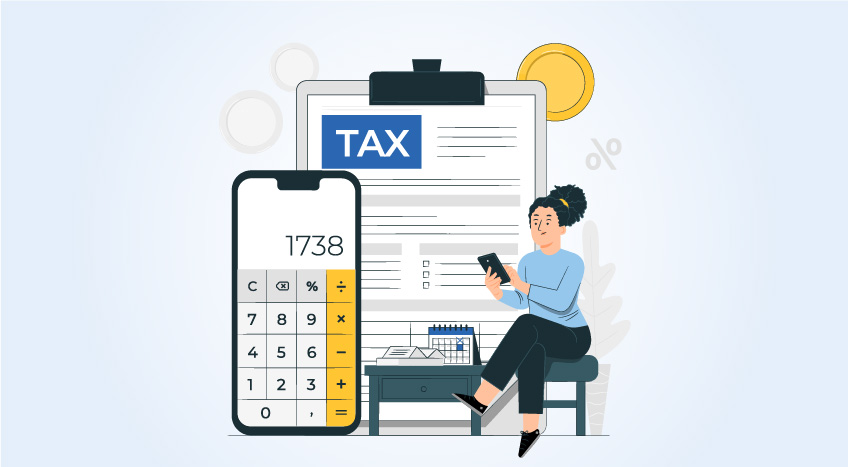Tally Solutions | Updated on: December 3, 2021
In UAE VAT, the import of goods is under reverse charge mechanism. The registered taxpayer importing goods will have to pay VAT at the time of filing VAT Return. Though the payment of VAT is deferred to the VAT return filing date, the value of goods on which VAT needs to be paid is determined at the time of customs clearance.
In case of domestic supplies, the value of supplies is broadly the transaction value (entire consideration less VAT) but in case of imports, the value of goods is arrived at after considering the various costs and duties associated with the imports.
The UAE VAT Law, provides the guidelines for determining the value of imported goods. According to the UAE VAT Law, the import value of goods consists of:
- Customs value determined in accordance with Customs Legislation
- Including the value of insurance, freight and
- Any customs fees and Excise Tax paid on the Import of the Goods.
The valuation method adopted in customs consists broadly of the CIF Values (Cost, Insurance, and Freight). The customs duty payable is calculated on the complete shipping value, which includes the cost of the imported goods, the cost of freight and the cost of insurance. Customs duties have been fixed to 5% of the CIF value for most products. However, alcoholic products are subject to 50% duty and tobacco products are assessed at 100% customs duty.
Once the value discussed above is determined, the customs duty will be levied on CIF Value and then on the sub-total (CIF + Customs duty), excise duty if applicable will be levied. The Rate of Excise Duty in UAE differs based on the product. Excise Duty is charged at 50% on carbonated drinks, 100% for tobacco products and energy drinks.
Finally, on the total value (CIF + Customs Duty + Excise Duty), VAT at 5% will be levied.
|
Value of Goods |
|
+Value of Fright and Insurance |
|
+Customs Duty |
|
+ Excise Duty |
From the above, it is clear that the value of import is not just the cost of goods but also includes various costs associated with the import and the Customs duty and Excise applicable on the goods imported. Let us understand the calculation of import value in the following two cases:
- Import of goods without Excise Duty
- Import of goods with Excise Duty
Import of Goods without Excise Duty
|
Import Value |
Amount in AED |
|
Value of Goods (FOB Value) |
200,000 |
|
(+) Value of Freight and Insurance |
20,000 |
|
Customs Declared Value (CIF Value) |
220,000 |
|
(+) Customs Duty at 5% (220,000*5/100) |
11000 |
|
Total Value of Import |
231,000 |
|
VAT at 5% (231,000*5/100) |
11550 |
In the above case, the value of import goods for the purpose of VAT includes the value of goods + Freight and Insurance + Customs Duty.
Import of goods with Excise Duty
|
Import Value |
Amount in AED |
|
Value of Goods (FOB Value) |
2,00,000 |
|
(+) Value of Freight and Insurance |
20,000 |
|
Customs Declared Value (CIF Value) |
2,20,000 |
|
(+) Customs Duty at 5% |
11000 |
|
Total Value of Import |
2,31,000 |
|
(+) Excise Duty at 50% |
115500 |
|
Total Value of Import after Excise duty |
3,46,500 |
|
(+) VAT at 5% |
17325 |
In the above case, the value of import goods for the purpose of VAT includes the value of goods + Freight and Insurance + Customs Duty + Excise Duty.
Latest Blogs

Tackling Tax Compliance with TallyPrime

Withholding Tax in Saudi Arabia

What Is Small Business Relief under UAE Corporate Tax?

Understanding UAE Corporate Tax Law for Natural Person Business

How to prepare for UAE corporate tax filing?


